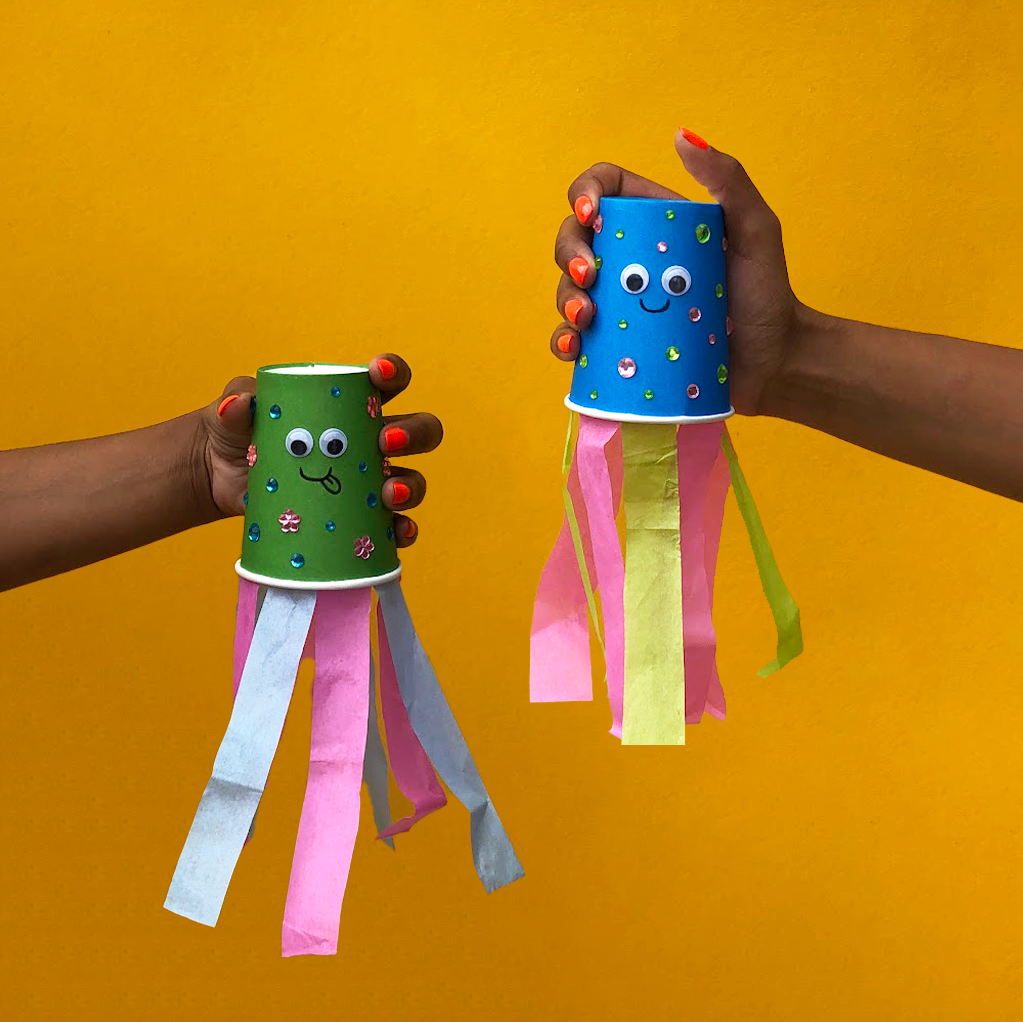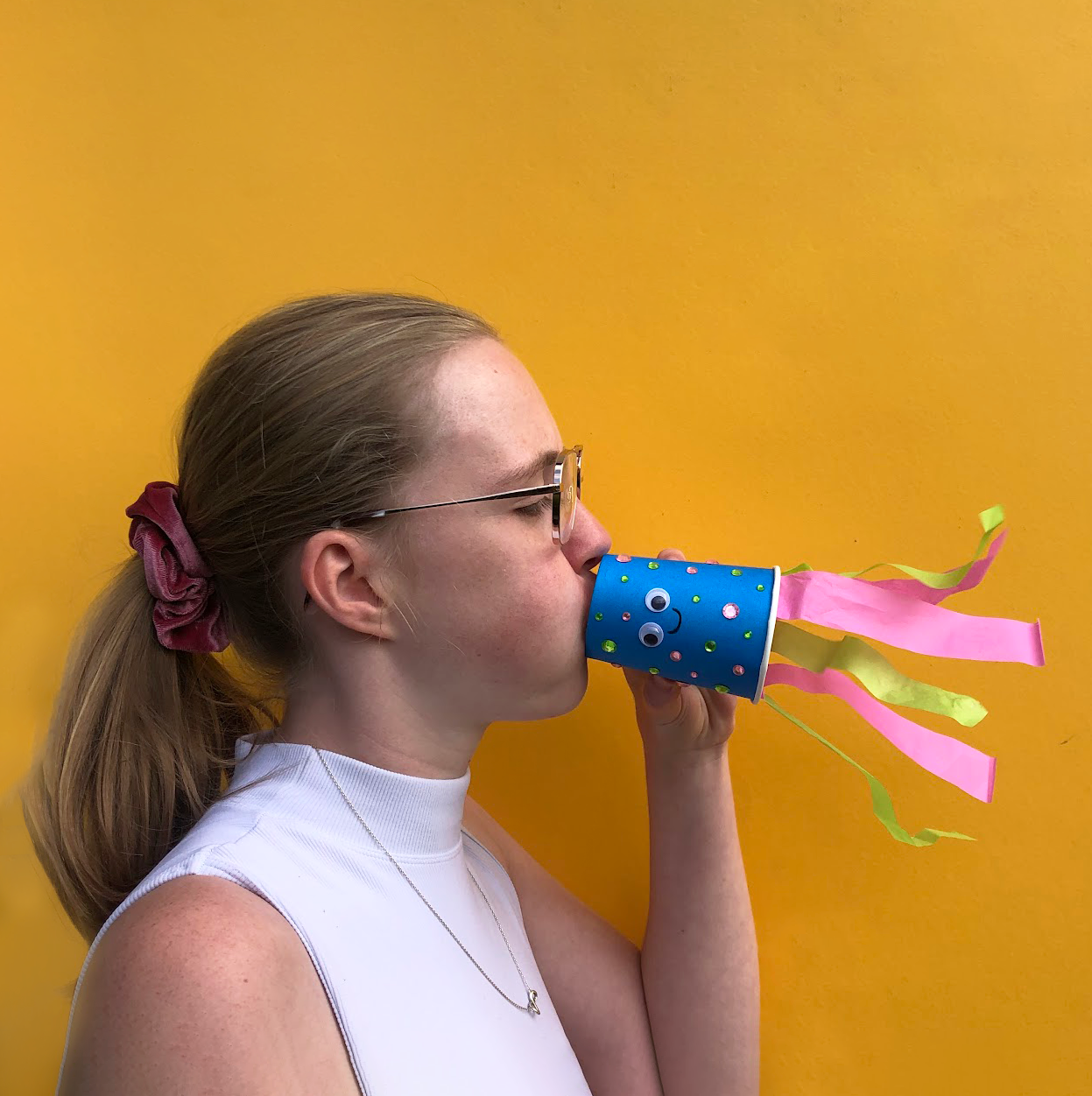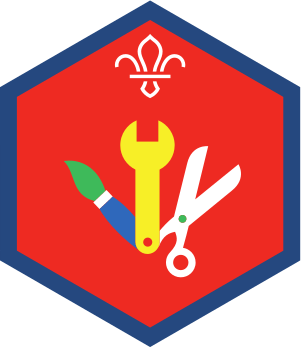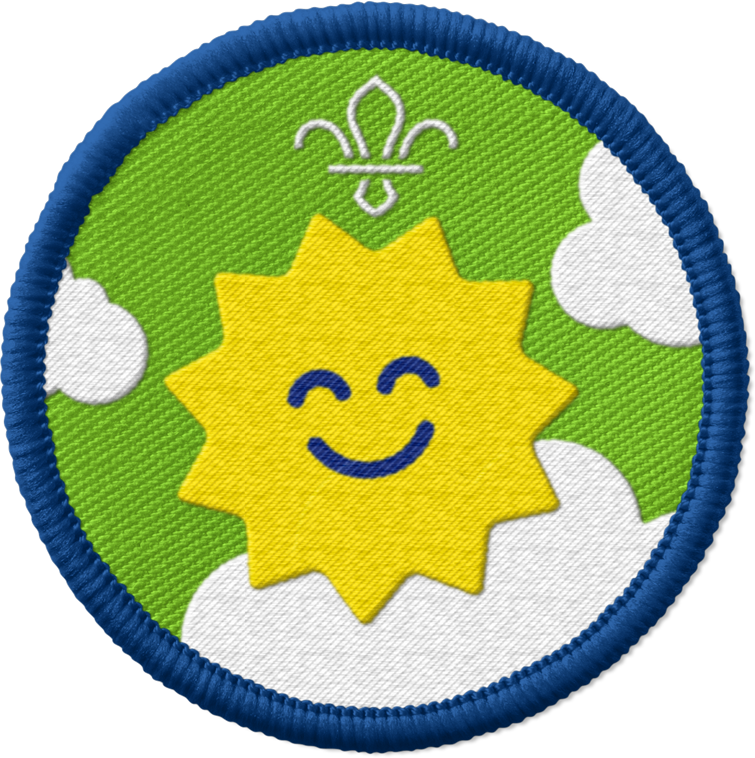
Create a breathing buddy
You’ll need
- Thick paper cups
- Paint
- Paintbrushes
- Scissors
- Tissue paper
- Rulers
- Pencils
- Felt tips
- Craft materials, such as sequins, googly eyes
Before you begin
- Use the safety checklist to help you plan and risk assess your activity. Additional help to carry out your risk assessment, including examples can be found here. Don’t forget to make sure all young people and adults involved in the activity know how to take part safely.
- Make sure you’ll have enough adult helpers. You may need some parents and carers to help if you’re short on helpers.
Planning this activity
-
You may want to set up tables and chairs with the craft activity materials on them.
-
You may wish to pre-cut some of the materials before running this activity to make it easier or depending on the time you have.
- You may want to run this activity over two sessions to help the craft to dry and to give more people the time to make it.
Talking about our feelings
- Ask people to put their hand up if they’ve ever felt uncomfortable, anxious, angry, upset or frustrated. Tell everyone it’s easy to angry, upset or frustrated. We might become anxious, upset or frustrated when we’re by ourselves or when with other people.
- Ask if anyone can think of something that might make us feel anxious, upset or frustrated.
- Explain that if we feel angry, anxious, worried upset or frustrated, that’s OK and they’re normal feelings to have. They’re feelings people get when they feel uncalm or uncomfortable. Even adults can get these feelings and become upset and angry sometimes.
- Tell everyone that it’s how we react and what we do because of these feelings that matters.
What happens when we feel upset
- Ask if anyone knows how their bodies feel when we feel uncalm, upset, frustrated or even angry. Some ideas might be feeling hot or sweaty, feeling like you can’t control yourself, your body feeling tight or shaking, your heart beating fast and your breathing being really fast.
- Ask everyone what they might do if they feel anxious, upset or frustrated or angry. Explain that sometimes feeling upset or frustrated might mean we react badly. We might get angry, hitting, kicking, saying something mean, ignoring someone, leaving someone out, being unkind, or refusing to do something. We might hurt, anger or upset other people. We always need to try to avoid doing this, but if we do hurt, anger or upset other people, we can say sorry, even if they upset us first.
What to do if we get upset
- Ask if anyone knows what we should do if we feel upset, frustrated or even angry. Tell everyone that we can learn what the feelings of angry, frustration or being upset are. If we know what these emotions feel like, we can spot when we feel like this and help ourselves to become calmer.
- When we feel these feelings, we should always try to take ourselves away from the situation. This helps to give us space, makes us feel calmer, and it means we don't do or say something we don't want to do. We can take a time out, go to a quiet space or go in a different room. We can log off if the situation is online too.
- After taking time away to feel better, we can come back and calmly explain to a trusted adult what caused us to be upset or angry. They can then help us make it better. For example, if someone is saying something mean to us in the playground, we need to walk away before saying anything back, help ourselves to feel calm and then tell a teacher what happened.
- When we're calmer we might also be able to safely, calmly and sensibly resolve the problem ourselves, such as by trying again to do a jigsaw or saying sorry.
- If we can't leave a situation when we feel upset or angry, we should always think about what we want to say before we say it. Try saying your next sentence in your head before you say it out loud. This means we can't hurt anyone's feelings.
- Ask everyone how else they might make themselves feel calmer.
- One way to help us to calm down is to relax our breathing. This can make us feel less stressed and less tense. When we slow down our breathing, we can often find it easier to think about things more clearly. Explain that you're all going to make a breathing buddy, which we can use to help us to feel calmer.

Make the breathing buddy
- Explain to everyone you’re all going to make a breathing buddy.
- You’ll be making an Octopus out of a paper cup and tissue paper. The paper cup is its body and the tissue paper strips are the tentacles. You can breathe through the cup to make the tissue paper strips move gently. Watching them move will help us to control our breathing.
- Tell everyone that they could also be creative and make anything they like, instead of an Octopus. They may need to think about how to include the tissue paper strips in their design. They could make a whale shooting out water, an elephant with its trunk, a fire breathing dragon, or a jellyfish with tentacles.
- Everyone should take a thick paper cup. Carefully, using scissors, cut out a wide hole in the base of the cup. Younger sections may need some help with this.
- Remember to think about the design. You may want to trim the cup’s edge into an interesting pattern.
- Now, you can paint the cup – you can choose whichever colours you want and add a thin layer of paint to fully cover the cup. When you’re done leave the cup to one side for the paint dry.
- While you’re waiting, cut out lots of tissue paper strips in two different colours. They should be rectangles, about 10cm long by around 2 cm wide.
- Next, after the paint has dried, carefully stick the strips of tissue paper along the inside of the widest end of the cup (the side you normally drink out of). You could use sticky tape, double sided sticky tape, staples or glue.
- You can now add any craft items, such as adding the googly eyes, or sticking on any sequins, mini pom poms or gems.
Using the breathing buddy
- Now, practice using your octopus.
- Place the top of the cup over your mouth, where you made the hole. Breathe in through your nose to the count of 5. Then breathe out through your mouth to the count of 5.
- Try to keep your breath steady and see if you can make the tissue paper tentacles wiggle for the whole 5 seconds as you breathe out.
- Keep doing this for about 30 seconds.
- Ask a few people how it felt and what they noticed. Tell everyone that they can take their breathing buddy home to use. Remember, slowing down our breathing can help us to calm down our bodies from being worried or upset.

Reflection
Ask everyone how the breathing buddy felt. Did they notice their breathing slow down slightly or not? Did it help them to focus? Did it make them feel any calmer?
Remind everyone that when we remove ourselves from a situation, walk away and slow down our breathing, we become calmer.
When we become calmer, we can often find it easier to think about things, to fix anything or problem solve, or to talk about anything that’s worrying or upsetting us with an adult.
Safety
All activities must be safely managed. You must complete a thorough risk assessment and take appropriate steps to reduce risk. Use the safety checklist to help you plan and risk assess your activity. Always get approval for the activity, and have suitable supervision and an InTouch process.
- Scissors
Supervise young people appropriately when they’re using scissors. Store all sharp objects securely, out of the reach of young people.
- Glue and solvents
Always supervise young people appropriately when they’re using glue and solvent products. Make sure there’s plenty of ventilation. Be aware of any medical conditions that could be affected by glue or solvent use and make adjustments as needed.
- Rubbish and recycling
All items should be clean and suitable for this activity.
If people struggle with the cutting in this activity, some materials (such as the cups and tissue paper) can be pre-cut for people to use.
All Scout activities should be inclusive and accessible.
Young people can create whatever character they'd like to.


